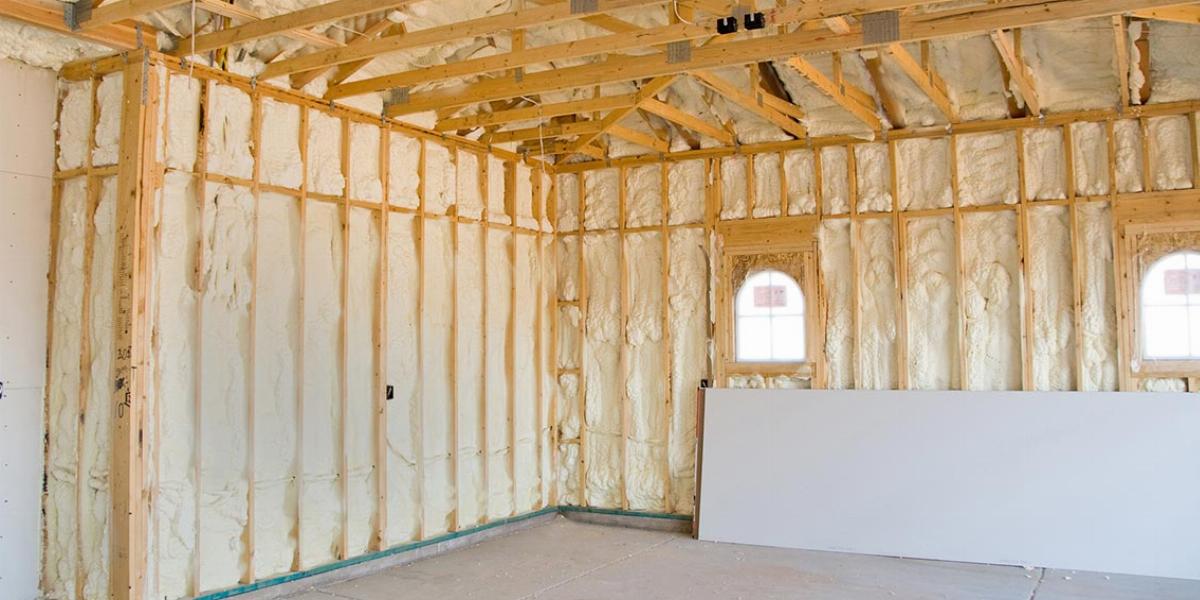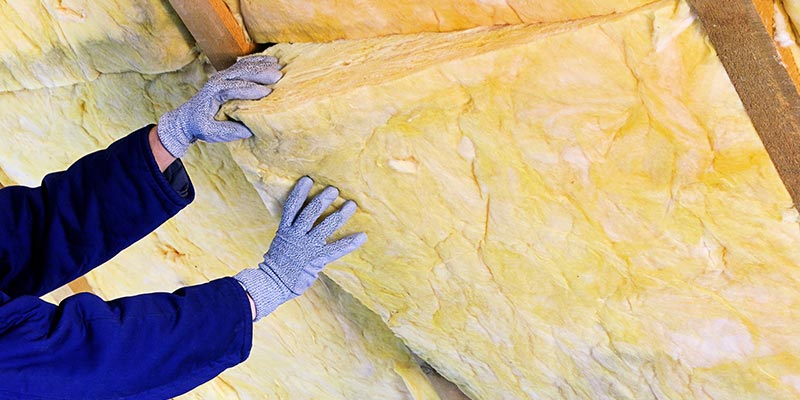
Are you looking to convert your garage into a usable space? Maybe you need a warmer (or cooler) place to work on DIY projects or you’re building a home gym. Whatever the reason, we collected expert tips from Bryan Sebring at Sebring Design Build to help you learn how to insulate your garage.
First, let’s answer your garage insulation questions.
Before you jump in, ask why you’re insulating your garage. If you’re trying to heat the space, keep in mind that insulation alone may not be enough. Depending on where you live and how cold it gets, you’ll also want to use a heating source for the room. Insulation simply helps to contain the temperature, whether hot or cold, and prevent it from escaping through the walls and ceiling.
Garage insulation costs vary based on the size of the space and the insulation you purchase. Sebring estimates it costs about 50 cents to $1.25 per square foot to insulate a garage. This means insulating a two-car garage would cost about $338 - $845.
There are several different types of insulation you can use, but Sebring recommends using fiberglass insulation sold in rolls or batts (precut sections) to insulate your garage yourself. He says this is the easiest DIY choice.
Advantages of fiberglass insulation rolls and batts:
If you’d prefer using any other kind of insulation, he suggests hiring a professional. Some materials are harder to find, more expensive and require more experience to install.
| Insulation Type | Disadvantages |
| Rockwool batts and blankets |
|
| Cotton batts |
|
| Loose-fill fiberglass |
|
| Loose-fill cellulose |
|
| Polystyrene structural insulated panels |
|
| Polyisocyanurate structural insulated panels |
|
Fiberglass insulation consists of extremely fine glass fibers with a paper face on top of it. It is often sold in rolls or bags and looks fluffy.
Fiberglass insulation comes in different R-values. According to The Home Depot, R-value measures how well certain building insulation materials resist heat. Therefore, the greater the R-value, the greater the ability to insulate.
*Special thanks to Bryan Sebring from Sebring Design Build for sharing his expert tips on suggested supplies and the following step-by-step process.
We can recommend which type of insulation to use and how to install it, but you’ll need to determine how much of each material you’ll need for your particular garage. Below are some guidelines for determining the quantity or type you’ll need of each material.
Insulating the ceiling of your garage involves the same process as insulating the walls. Just remember to use thicker R-40 insulation.
Safety Tip: Measure the height and width between the framing in the ceiling and pre-cut the pieces you’ll need. This will help while you’re up on the ladder.
Insulating the ceiling is the most important part of the garage because heat rises and escapes through the roof. Similar to wearing a hat in the winter, you need to make sure the top of the garage is protected to trap the heat in.
Insulating a garage door can be more involved than insulating the walls and ceiling. The easiest option is to buy an already-insulated door. If you’d prefer to cut costs and stick to the DIY option for insulating a garage door, we recommend buying a garage door insulation kit. The process should be fairly similar to insulating the walls and ceiling.
Keep in Mind: When you insulate the door, you’re adding weight to it. You many need to change the springs to retain tension and balance so that it stays closed properly. This is why it may be easier to get an already-insulated door or have a professional help you.
Now that you’ve insulated your garage, you’re ready to complete the transformation.
For more DIY projects or home update ideas, check out our DIY vs. pro project comparisons post.


